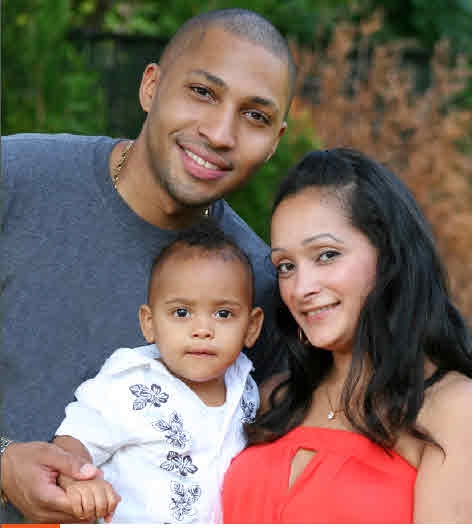
"One is that family structure can look so different by nativity status," said senior research scientist Elizabeth Wildsmith in a phone interview with NBC News. In other words, there is significant variation in how households are formed depending on whether parents were U.S.-born or foreign-born, Wildsmith noted.
Another important takeaway is that the "vast majority" of low-income Latino children, especially those born to foreign-born parents, are born into two-parent households.
Here are some of the findings:
- Most births to low-income Hispanics occur in some type of co-residential union, especially among those who are foreign-born. Sixty seven percent of Latinas are either living with a partner or married when their first child is born.
- About half of low-income Latina women—both U.S.-born and foreign-born —report a birth by age 20.
- By age 20, well over half of low-income Hispanic U.S.-born or foreign-born women are either married or living with someone in a co-residential union.
- Low-income foreign-born Hispanics are more likely to be married than any other group. Thirty six percent of foreign-born women were married compared to 26 percent of U.S.-born; in men it was 35 to 24 percent.
- Only one-in-ten foreign-born Hispanic males report having children with more than one woman, compared to 30 percent of U.S.-born Hispanic males. "You are seeing a lot of stability in foreign-born Hispanic men; they are older, more likely to be married and less likely to have multiple partner fertility," said Wildsmith.
This is a snapshot that is changing as Latino growth is no longer due to immigration but to births in the U.S. "This will change the demographics of the population- it's uncertain as to what will happen," Wildsmith said.
Another factor to consider, Wildsmith noted, is that much of the U.S. Hispanic growth is in rural areas and in the southeast U.S., regions not used to large Hispanic populations and without many of the necessary resources in place.
Source: Published originally on NBC News as Five Facts About Low-Income Latino Families: New Report by Sandra Lilley, October 15, 2014.